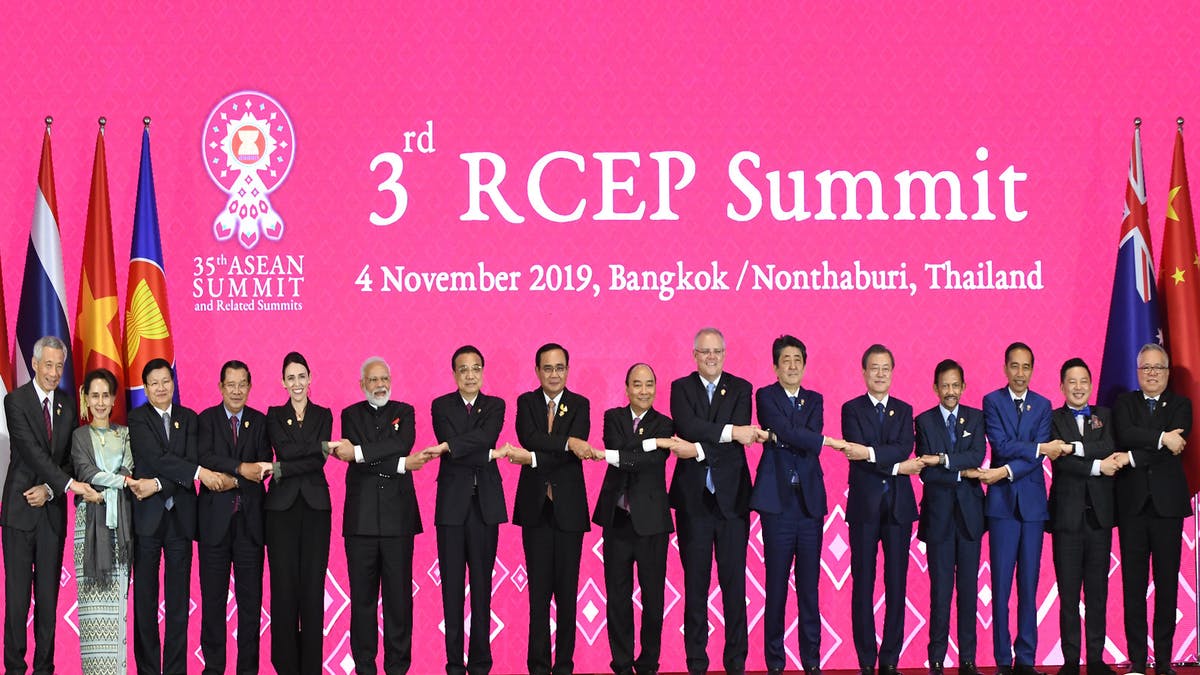The Regional Comprehensive Economic Partnership Agreement (RCEP) has come into force, giving Australian farmers and businesses access to the world’s largest free trade agreement.
Australia and New Zealand ratified the RCEP on November 2, 2021, bringing together several Indo-Pacific neighbours.
The RCEP’s adoption could not have come at a better time for Australia, which has already seen a 48 per cent drop in foreign direct investment in 2020. Chinese investment in Australia decreased by 61 per cent in 2020 due to trade tensions, the lowest level in six years.
Dan Tehran, Minister for Trade, Tourism and Investment, said that the RCEP is a fantastic opportunity for Australian businesses because Australian-made products and services are highly regarded in these markets.
“RCEP will help stimulate growth and investment across the region, providing increased opportunities for Australian business.
He also added that the agreement would advantage local sourcing of commodities for small businesses.
“By streamlining requirements around rules of origin, RCEP will advantage local sourcing of goods and promote collaboration through regional value chains, which our businesses are primed to partake in,” he added.
“RCEP also delivers a range of improvements over our existing trade agreements in areas where RCEP economies have the greatest growth potential, such as services, digital trade and two-way investment.
“Currently, Australian traders can choose from 10 different FTAs to do business between the 15 countries of the region, each with its own rules and procedures.
“RCEP will make trading easier by providing a single set of rules and procedures for Australian exporters to utilise preferential tariff outcomes across the region.
“These rules, which will support contemporary production and logistics patterns, will make it more attractive for food processors in the region to source primary produce from Australia,” Mr Tehran said.
What is the Regional Comprehensive Economic Partnership Agreement?
The Regional Comprehensive Economic Partnership is a regional free trade agreement that will build on Australia’s existing free trade agreements with 14 other Indo-Pacific nations.
The agreement seeks to eliminate up to 90 per cent of tariffs on imports between its signature countries within 20 years of signing the deal.
It will also establish collective standards for eCommerce, trade in goods and services, economic cooperation, and intellectual property to facilitate international supply chains and lower export costs.
RCEP entered into force on January 1 2022, for Australia, New Zealand, Brunei Darussalam, Cambodia, China, Japan, Laos, Singapore, Thailand, and Vietnam, with Australia as an original party. For the Republic of Korea, RCEP will enter into force on February 1 2022.
This step-by-step guide is designed to help Australian importers and exporters take advantage of preferential tariff treatment under RCEP.
How will the RCEP benefit SMEs?
The RCEP will have significant implications for Australian business and open up various opportunities worth taking advantage of. Market access is the first and most obvious benefit of this agreement for SMEs.
The RCEP offers an excellent opportunity for businesses to expand and capitalise on the massive market potential open to them, with over half of the world’s population and 30 per cent of global revenue and trade.
Moreover, trade is Australia’s backbone. It will be important in supporting its economic recovery and post-COVID economic growth. The expansion of trade prospects between Australia and Asia will boost the growth of Australian manufacturing and services.
“Trade is essential to the Australian economy and accounts for one in five jobs, boosts GDP, and brings real benefits for business, employees, and Australian families,” said Mr Tehan.
“Under our Government, 75 per cent of Australia’s trading markets are now covered by free trade agreements, representing preferential access to 3.35 billion customers, up from 26 per cent when we came to office.”
More tariff cuts
In addition, another set of annual tariff cuts for Australia’s free trade agreements, such as the CPTPP and the Korea-Australia Free Trade Agreement, came into effect this week (KAFTA).
Japanese tariffs on bluefin tuna and Atlantic salmon exports have been reduced to 1.9 per cent under the CPTPP. Additionally, duties on sheep and goat meat exports have been reduced by half to 2.25 per cent under KAFTA.
Here’s the official statement: https://www.trademinister.gov.au/minister/dan-tehan/media-release/worlds-largest-free-trade-agreement-enters-force
Keep up to date with our stories on LinkedIn, Twitter, Facebook and Instagram.

